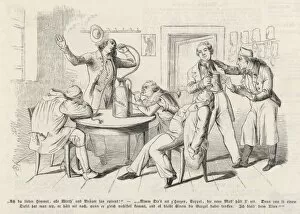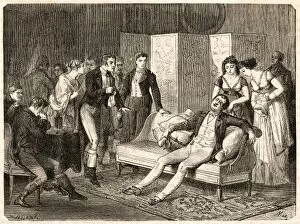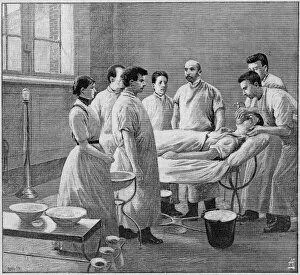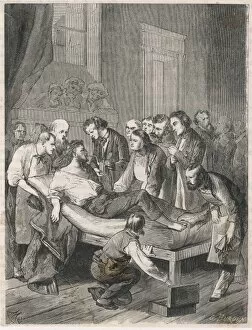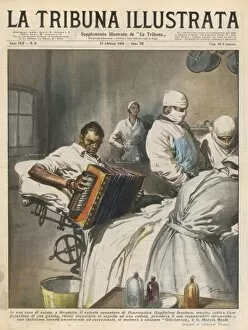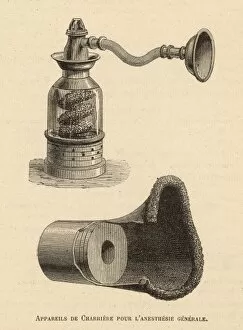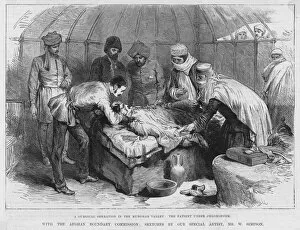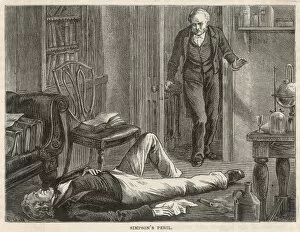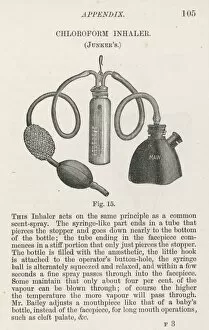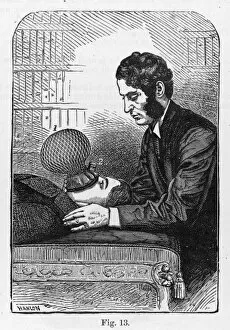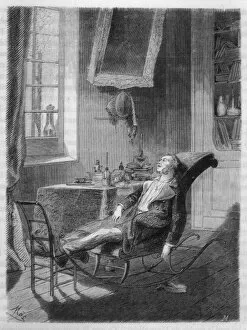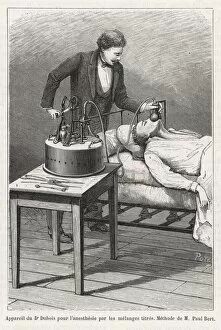Anaesthetics Collection (#2)
Anaesthetics have revolutionized the field of medicine, allowing for painless surgeries and procedures that were once unimaginable
For sale as Licensed Images
Choose your image, Select your licence and Download the media
Anaesthetics have revolutionized the field of medicine, allowing for painless surgeries and procedures that were once unimaginable. The journey towards discovering these miraculous substances began with Horace Wells, who first experimented with anaesthetic properties in the 1840s. One significant breakthrough came when chloroform was introduced as an anaesthetic. This experiment paved the way for safer and more effective methods of sedation during surgical procedures. Meanwhile, Simpson dedicated his research to exploring different types during the same era. Nikolay Pirogov, a Russian surgeon, also played a crucial role in advancing the use of anaesthetics. His contributions not only improved patient comfort but also led to better surgical outcomes. The use became so widespread that even dentistry embraced their benefits by 1885 in Paris, France. This marked a turning point for dental patients who no longer had to endure excruciating pain during oral procedures. Throughout history, many individuals have been involved in promoting and advocating for the use of anaesthetics. Thomas Spencer Wells (1818-1897), Marie Jean Pierre Flourens from Les Merveilles de la Science publication, Sir James Young Simpson Baronet - all contributed significantly to this medical breakthrough. However, it is important to note that not everyone readily accepted or embraced the idea of using anaesthetics. Guglielmo Bonfoco's refusal to receive them during his leg amputation at Stradello, Italy serves as a reminder that acceptance took time and varied among individuals. Despite initial resistance or skepticism surrounding their usage, today we owe much gratitude to those like Elizabeth Morton who championed for widespread access and utilization of these life-changing substances.

